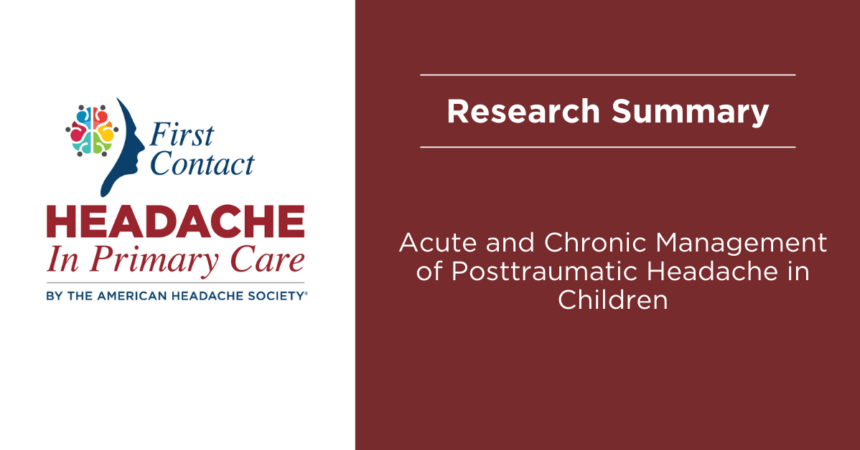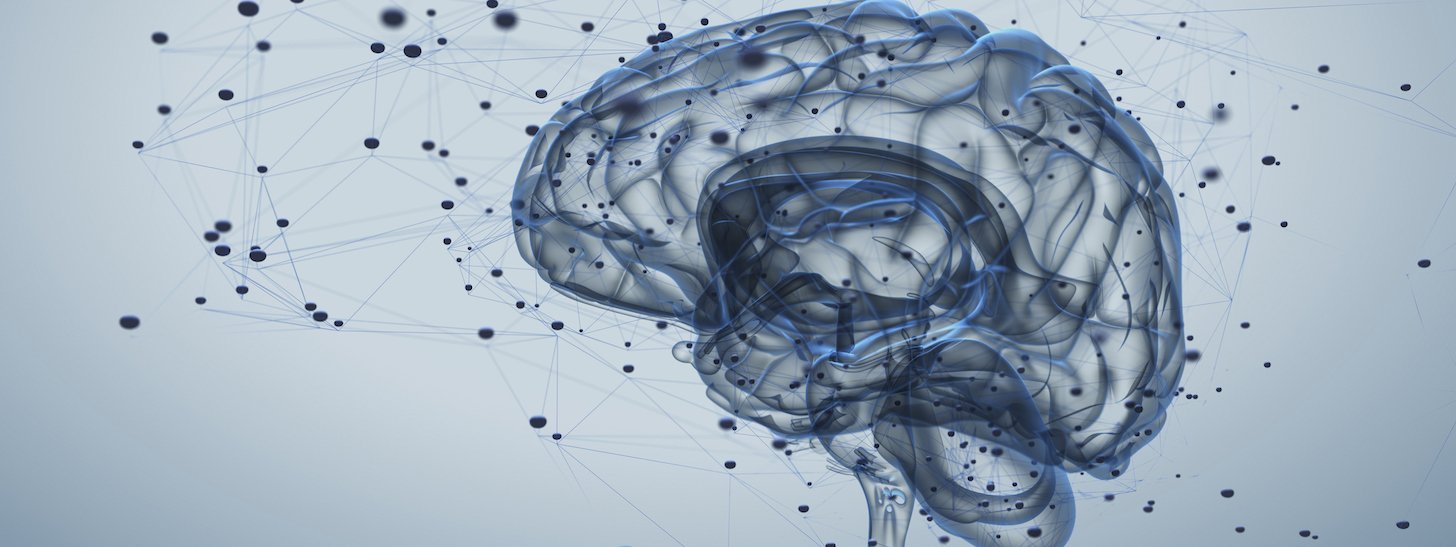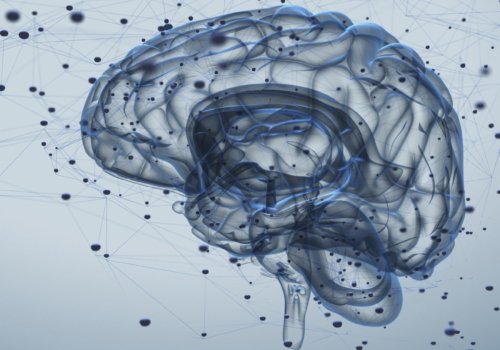
Research Summary: Acute and Chronic Management of Posttraumatic Headache in Children
Summarized by Tracy B. Grossman, MD
Headache®: The Journal of Head and Face Pain published “Acute and chronic management of posttraumatic headache in children: a systematic review.”
Headache is one of the most common symptoms after mild traumatic brain injury, affecting more than 80% of children and adolescents. But the treatment guidelines for posttraumatic headache (PTH) in the pediatric population remain in question based on current research. This study’s objective was to describe available data about PTH in children looking at the following factors: pharmacologic, non-pharmacologic and procedural treatments on headache improvement.
Study Results
Twenty-seven studies met the criteria for inclusion in this review. Therapeutic approaches were categorized into the following:
- Acute pharmacologic treatment
-
- Oral acute therapies – Some studies showed that alternating ibuprofen and acetaminophen provided the most effective headache relief, while others showed no difference in symptoms when these medications were used compared to no treatment at all. About 70% of participants in this cohort met criteria for medication overuse headache – most had improvement in headache when oral analgesics were discontinued.
-
- Intravenous acute therapies – Most participants found initial headache relief when using these therapies, but long-term effectiveness of these medications is not well supported by the studies that were evaluated.
- Preventive pharmacologic therapies
Most studies are limited by their retrospective nature. Available data suggest that amitriptyline has a positive effect on headache outcomes, but topiramate has variable efficacy outcomes on headache symptoms. Amitriptyline and topiramate do not seem to be effective as monotherapy in patients with intracranial hypertension after traumatic brain injury.
- Neuromodulation
A small retrospective study (limited by small sample size and lack of comparison group) suggests that transcranial direct current stimulation reduces headache frequency and severity in children with PTH.
- Procedures
There is some evidence that occipital nerve blocks may be helpful in the treatment of PTH in the pediatric population, and limited data suggest that acupuncture may also be helpful.
- Physical therapy and exercise
Some evidence suggests physical therapy and exercise as treatment for PTH, but not all studies evaluated showed positive results. The studies employing these interventions were mostly designed to evaluate postconcussion symptoms, not specifically headache.
- Collaborative care and behavioral therapy
Collaborative care using cognitive behavioral therapy may improve quality of life and postconcussion symptoms but may not specifically improve headache outcomes. Limited data support the use of biofeedback for improving PTH symptoms.
Implications for Primary Care Clinicians
- There is a lack of good quality evidence to guide clinicians on the timing and types of therapies that may be effective for treating PTH in children and adolescents.
- Most studies performed in this population were limited due to small sample size, retrospective nature and lack of comparison groups.
- Most prospective studies with comparator groups focused on nonpharmacologic strategies used to treat postconcussive symptoms, but in these studies, headache was not the primary outcome.
- Future prospective studies with appropriate sample size and comparator groups are needed to provide guidance on the timing and types of therapies that may be effective for treating PTH in the pediatric population.
This summary is part of the First Contact — Headache in Primary Care initiative, an American Headache Society program that provides educational resources to empower healthcare professionals and improve headache and migraine care. We encourage providers in all stages of their careers to visit our homepage to access educational tools to improve patient care.


